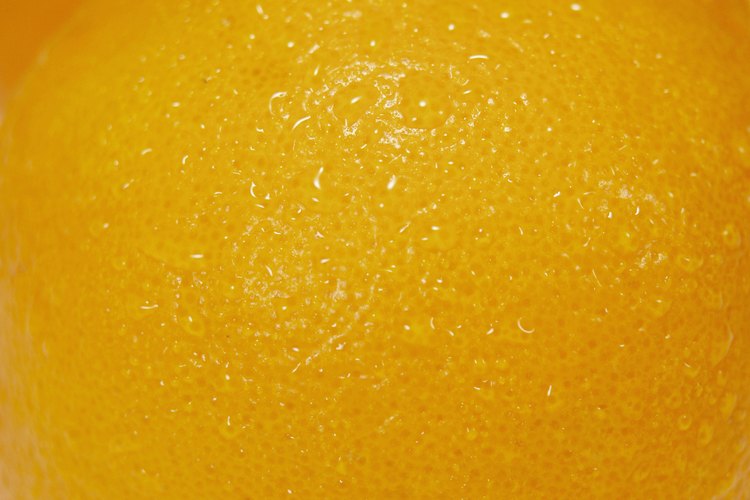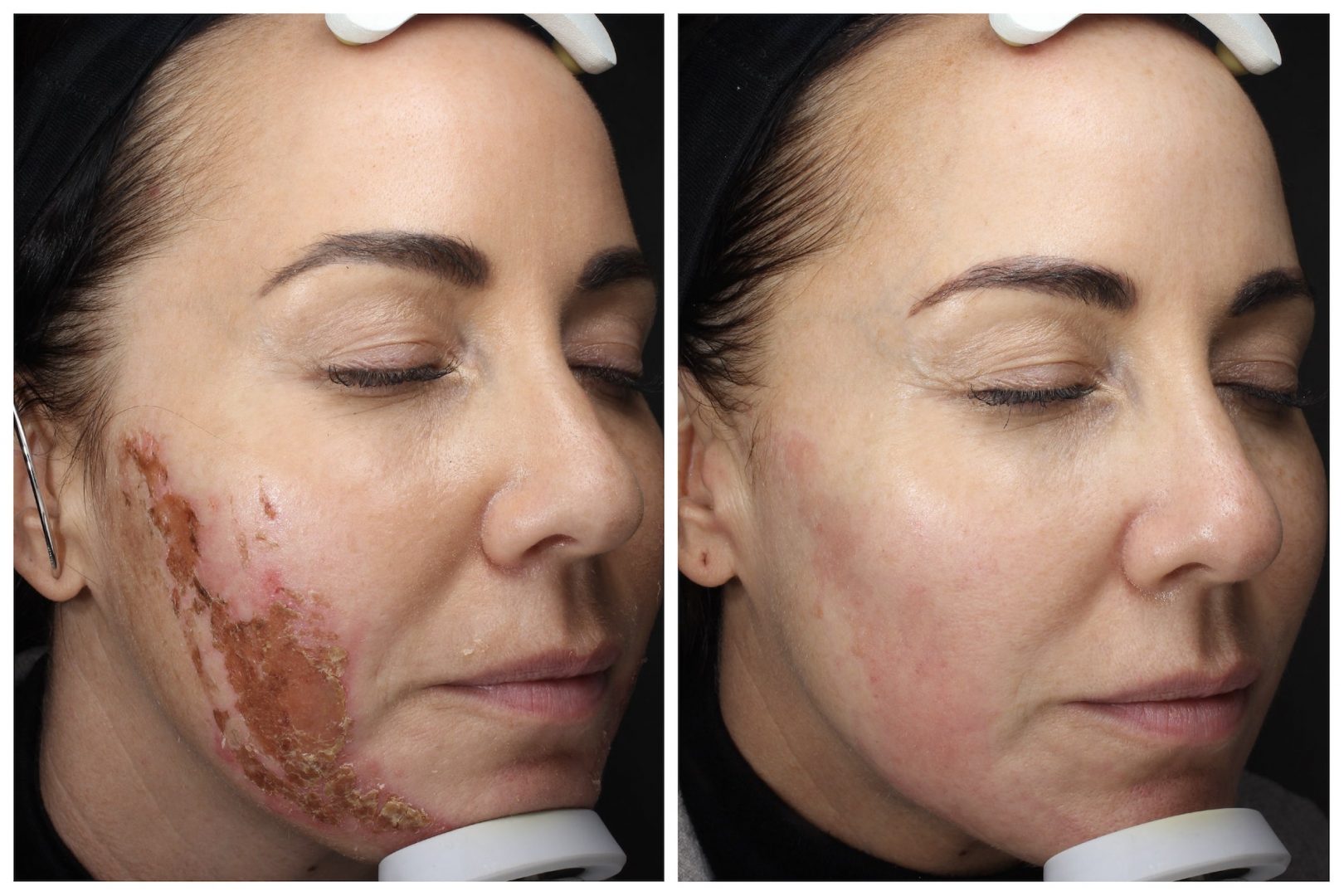
Lutein along with zeaxanthin are especially valuable when it comes to defending the eyes from vision loss and age-related diseases, thus offering protection against macular degeneration, cataracts and glaucoma.
SIDE EFFECTS OF YELLOW PEEL SKIN
They’ve been shown to exhibit anti-proliferative and pro-apoptotic activities, meaning they potentially fight cancer and other chronic diseases.īeta-carotene is converted into vitamin A in the body and supports functions like immune health, vision and eye health, skin renewal, and arterial health. These are the same protective compounds that give carrots their deep orange color Yellow squash, especially the colored peel, contains antioxidants including phenolic compounds and carotenoids, such as those called beta-carotene, lutein, zeaxanthin and dehydroascorbic acid. Provides Vitamin C and Other Antioxidants Many people like to spiralize squash to make “faux pasta,” or it can be added to baked goods to add moisture with less oil. Because of its high water content, you can eat a lot of it without consuming many calories, and this helps you to feel full.Īnother great thing about yellow squash for dieters is that it can be used as a substitute for things like high-calorie noodles. No matter the exact type of diet you follow, summer squash has the benefit of being low-calorie, low-sugar and a decent source of fiber. What is yellow squash good for? Here are some of the benefits associated with yellow squash nutrition: 1. Department of Agriculture, below are yellow squash nutrition facts for one medium, raw yellow squash (approximately 200 grams): Overall, there are very few carbs in yellow squash, so it’s a good veggie choice for people following a low-carb diet or keto diet.Īccording to the U.S. It’s a non-starchy vegetable and not a “carb” or starch like some people think of potatoes or winter squash as being.

Nutrients found within yellow squash include vitamins C and A, fiber, magnesium, potassium, folate, and B6. This means that it’s best to eat them with the peel still on, otherwise you’d be throwing away valuable nutrients. The skin of summer squashes is where the most antioxidants are found, such as beta-carotene and lutein. Yellow squash is low in calories, with just about 20 calories per one-cup serving of raw squash. This means they have a higher water content, are lower in calories but generally don’t develop as many nutrients as winter squashes do (such as acorn or butternut squash).

On the other hand, summer squashes are picked earlier when they are less mature. The main difference between summer and winter squashes is that winter squashes are more mature, meaning they have more time to grow before they are harvested, which leads them to be richer in nutrients. Summer squash belong to the Cucurbitaceae plant family, which includes vegetables (technically fruits) like cucumber, squashes and pumpkins. These include the following types:Īdditionally, some people refer to delicata squash as yellow squash (because of its yellow or orange and green-striped skin). There are thought to be at least eight different types of yellow squash that are commonly grown and eaten in places such as the U.S.

What is a yellow squash called? It depends on where you live, since this squash can be one of many species. It looks similar to zucchini, but its skin is lighter, seeds are bigger, and it tends not to grow as large as zucchini can. It has a thin, yellow skin, white flesh and big white seeds. Yellow squash ( Cucurbita pepo) is a type of summer squash in the Cucurbita plant family. Whether you prefer to eat yellow squash raw or cooked, it’s great to enjoy in low-carb noodle dishes (aka “ zoodles“), stir-fries, pastas and more. Is yellow squash as nutritious as zucchini? The two are very similar in terms of their nutrition content and health perks.įor example, both are about 95% water, making them low in both calories and carbs, and are decent sources of vitamins A and C, potassium, and fiber. Yellow squash belongs to the summer group, along with its green cousin, zucchini.

In the world of edible squashes, there are two main groups that we usually hear about: summer squash and winter squash.


 0 kommentar(er)
0 kommentar(er)
